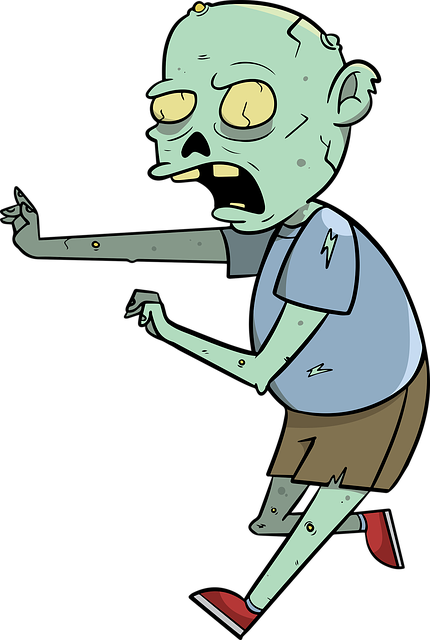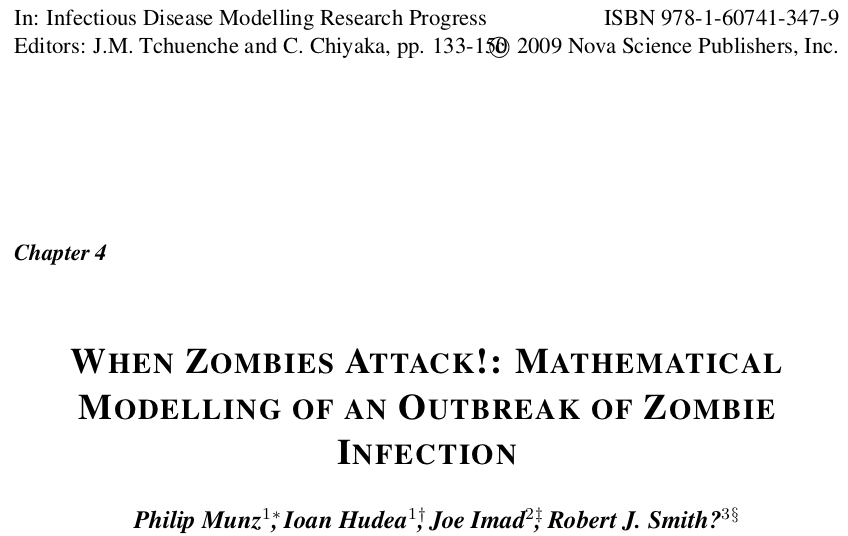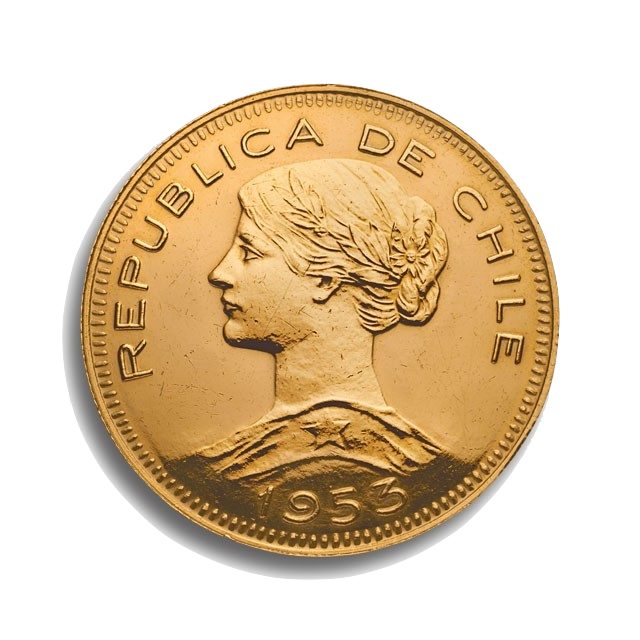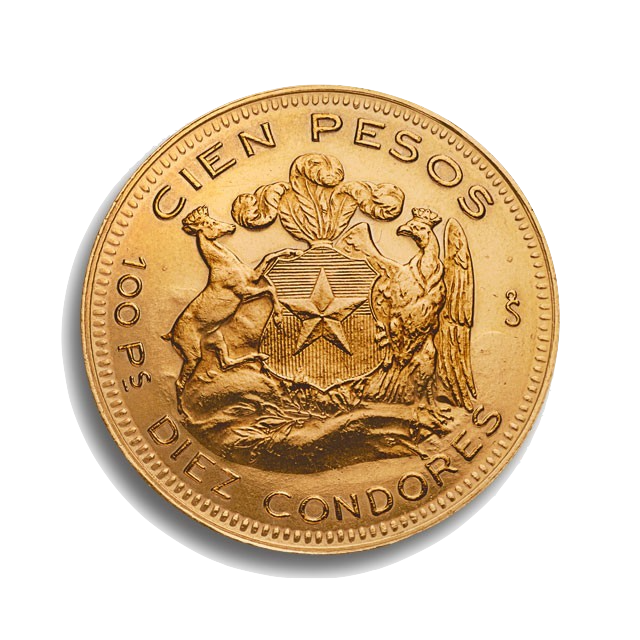
April 19, 2019
A comment about the exam
Questions are based on published papers

There is a new book from the same author

It is about epidemiology
The same models are used for real diseases
- Ebola
- Zika
- Epidemics
- Parasites
- in Plants
- in Humans
Question 3.1
N <- 28*24
movie <- horror_movie(N, human_ini=2, dead_ini=1,
zombie_ini=0, attack_rate = 5e-3, kill_rate=1e-3,
voodoo_rate=1e-2)
Given the initial conditions and the rates, we can predict what will happen
Question 3.2
 Please make a vector called
Please make a vector called rate_of_kill with one hundred values between 1e-3 and 1e-1.
Then create two empty vectors called final_human and final_zombie with the same length of rate_of_kill.
For each value in rate_of_kill simulate the horror_movie system with the same initial values, attack rate and voodoo rate, and changing kill_rate for the corresponding value in rate_of_kill. Store the value of human at the last hour of each simulation in the vector final_human. Do the same with the last value of zombie, storing it into final_zombie.
Answer to Question 3.2
rate_of_kill <- seq(1e-3, 1e-1, length.out = 100)
final_human <- rep(NA, length(rate_of_kill))
final_zombie <- rep(NA, length(rate_of_kill))
for(i in 1:length(rate_of_kill)) {
movie <- horror_movie(N, human_ini=2, dead_ini=1,
zombie_ini=0, attack_rate = 5e-3,
kill_rate=rate_of_kill[i], voodoo_rate=1e-2)
final_human[i] <- movie$human[N]
final_zombie[i] <- movie$zombie[N]
}
Result
rate_of_kill <- seq(1e-3, 1e-1, length.out = 100) human_ini=2, dead_ini=1, zombie_ini=0, attack_rate = 5e-3, voodoo_rate=1e-2
We can predict changes in output when there are changes in input
Consider the water formation system
We can predict how much water we will have
mix <- water_formation(N=200, r1_rate=0.01, r2_rate=0.01,
H_ini=2, O_ini=1, W_ini=0)
plot(Water~Step, data=mix, ylim=c(0, 1), type="l")
Amount of water depends on r1_rate
rates_of_r1 <- 10^seq(from=-3, to=-1, length=5) r2_rate=0.01, H_ini=2, O_ini=1, W_ini=0
We can predict final outcome for each rate
rates_of_r1 <- 10^seq(from=-3, to=-1, length=5) r2_rate=0.01, H_ini=2, O_ini=1, W_ini=0
Same with more r1_rate values
rates_of_r1 <- seq(from=0.001, to=0.1, length=50) r2_rate=0.01, H_ini=2, O_ini=1, W_ini=0
This is the same pattern as Question 3.2
final_Water <- rep(NA, length(rates_of_r1))
for(i in 1:length(rates_of_r1)) {
mix <- water_formation(N=100, r1_rate=rates_of_r1[i],
r2_rate=0.01, H_ini=2, O_ini=1, W_ini=0)
final_Water[i] <- mix$Water[100]
}
plot(rates_of_r1, final_Water)
How can we know the reaction rate?
what was the reaction rate?
We can measure how much water we got. If at the end we have 0.5 mol of water, then … … with the curve we can find what was the reaction rate
Why we do Science
Nature exists outside us
We observe nature
We want to understand Nature
We see that Nature has rules
Everything happens with a cause
Science is the process of discovering the rules of Nature
The Scientific Method

Systems are Models/Explanations
The systems we have seen are used to explain what happens
They are simplifications of reality
We discard details that we think are irrelevant
If the system makes bad prediction, the system is wrong
Systems are in a state
- The particular condition that someone or something is in at a specific time
- water in a liquid state.
- The amounts of all items (circles) in a system.
water[i]hydrogen[i]
The state of the system changes with time
In any fixed time, the state has fixed values
- one value for each item
- Examples:
water[i],hydrogen[i]- Number of cats and mice
- Number of primers and DNA molecules
- Number of humans and zombies
The state today depends only on the past states
The “arrows” of the system do not change with time
The new state depends only on the past states, nothing else
If we know the initial state and rate constant, we can calculate everything
We do experiments to discover the current state of the system
“An intelligence knowing all the forces acting in nature at a given instant, as well as the momentary positions of all things in the universe, would be able to comprehend in one single formula the motions of the largest bodies as well as the lightest atoms in the world; to it nothing would be uncertain, the future as well as the past would be present to its eyes.”
Pierre-Simon Laplace, French mathematician and astronomer (1749 – 1827)
What Laplace said
“all the forces acting in nature at a given instant, as well as the momentary positions of all things in the universe”
If we know the current state …
“would be able to comprehend in one single formula the motions of the largest bodies as well as the lightest atoms in the world
And we know the system…
If we know the system and the current state…
“nothing would be uncertain, the future as well as the past would be present”
Then we can know exactly what is in the future
These are deterministic systems
All the future is determined
by the initial state
and the system rules
Can we really predict the future?
Sometimes we can predict
Sometimes models are too simple and they miss important parts
If the system is realistic, we can predict
We need to measure initial values and rates
But all measurements have a margin of error
What if we don’t know the exact value?
In real life we cannot measure exact values
We can only measure within a margin of error
For example, when we measure 2.0 mol of Hydrogen, it may be 1.95 or 2.05 or any value in between
Inaccurate measurement of H_ini
Small initial errors give small final errors
Effect of error on r1_rate evaluation
Small changes in initial state produces small changes in final state
Even if we make errors, their effect is not very important
Another system: Quadratic map
- A population that reproduces and dies
- Death happens in pairs (two incoming arrows)
Another system: Quadratic map
To study this system, we will assume that death rate and birth rate depend on a single value A
- Death rate is A/2
- Birth rate is A-1
- If we know A, we know birth and dead rate
Formulas are easy to find
d_x[i] <- (A-1) * x[i-1] - 2 * A/2 * x[i-1]*x[i-1] x[i] <- x[i-1] + d_x[i]
in other words
x[i] <- x[i-1] + (A-1) * x[i-1] - 2 * A/2 * x[i-1]*x[i-1]
so finally
x[i] <- A * x[i-1] * (1 - x[i-1])
and the program is also easy to write
quad_map <- function(N, A, x_ini) {
x <- rep(NA, N)
x[1] <- x_ini
for(i in 2:N) {
x[i] <- A * x[i-1] * (1 - x[i-1])
}
return(x)
}
We simulate for different initial conditions
x_ini <- c(0.4, 0.45, 0.5, 0.55, 0.6)
ans <- data.frame(V1=quad_map(N=100, x_ini=x_ini[1], A=2))
plot(ans$V1, ylim=c(0,1), ylab="x", type="b")
for(i in 2:length(x_ini)) {
ans[[i]] <- quad_map(N=100, x_ini=x_ini[i], A=2)
points(ans[[i]], pch=i, type="b")
}
The final state is always the same
This is called attractor
Behavior depends on A. Here A=3
Now there are two final states.
This is a periodic attractor
Behavior depends on A. Here A=3.5
Now we have four final states.
Also a periodic attractor
Behavior depends on A. Here A=3.8
We do not see a pattern here
Behavior depends on A. Here A=3.95
Similar initial states, very different results
Small changes in x_ini, big changes in result
Initial values:
x_ini
[1] 0.40 0.45 0.50 0.55 0.60
Final values:
ans[100,]
V1 V2 V3 V4 V5 100 0.07712169 0.7034133 0.8541633 0.7034133 0.4900459
There is a Pattern
Here we see the final 500 states for different values of A  Homework: do this plot. More details later
Homework: do this plot. More details later
We cannot predict
well, not always
This is called “Butterfly Effect”
The fly of a butterfly in Istanbul can produce an hurricane in Mexico
Small changes have big consequences
But we can still say something
We cannot make exact predictions
But we can still say what is normal
What is the most probable behavior
We can identify patterns using the tools of …. (sound of drums)
Probabilities
Not about games and bets
People think that probabilities are about games
Instead they are really tools for thinking
Thinking about decisions when we have incomplete information
Thinking about the future
About the meaning of our experiment results
Do you need probabilities?
Do you travel?
- Which is the safest way to travel?
- Which is the fastest way to travel?
- How much do you want to pay for safety?
- How much do you want to pay for speed?
Do you buy insurance?
Sigorta
Travel insurance, Health insurance
- how much do you pay for it?
- How much you will get paid?
- Is it worth it?
Why do you study?
- You can work now and earn money today
- What if you fail this course?
- Why if you do not find a job?
Will you make experiments?
- How will you understand the results?
- Are the results just “random noise”?
- What are your expected results
- Allele frequency
- Success rate of a treatment
All these questions are about probabilities
To understand the idea we will use games
- Cards
- Coins
- Dice (one die, many dice)
maybe other toys that are easy to understand
These are just to have easy examples
What can happen: outcomes
Each device has a set of possible outcomes:
For example a die has the following outcomes
⚀ ⚁ ⚂ ⚃ ⚄ ⚅
Cards
🂡 🂢 🂣 🂤 🂥 🂦 🂧 🂨 🂩 🂪 🂫 🂭 🂮 🂱 🂲 🂳 🂴 🂵 🂶 🂷 🂸 🂹 🂺 🂻 🂽 🂾 🃁 🃂 🃃 🃄 🃅 🃆 🃇 🃈 🃉 🃊 🃋 🃍 🃎 🃑 🃒 🃓 🃔 🃕 🃖 🃗 🃘 🃙 🃚 🃛 🃝 🃞 🃟
Also Cards
♠︎♣︎♡♢
Four symbols can be used to represent DNA
A, C, G, T
Coins


Head, Tail also written as H, T
Doing the experiment is easy
just throw the dice
Simulating the experiment in R
We know how to represent outcomes
- Coin:
c("H","T") - Dice:
1:6 - Cards/DNA:
c("a","c","g","t") - Capital Letters:
LETTERS - Small Letters:
letters
Please take a sample()
Try this
sample(LETTERS)
[1] "O" "S" "Z" "R" "C" "K" "X" "I" "J" "W" "E" "P" "H" "Y" "B" "A" "Q" [18] "N" "D" "M" "V" "F" "G" "U" "L" "T"
sample(LETTERS)
[1] "A" "X" "I" "M" "F" "G" "B" "J" "V" "D" "C" "R" "Y" "O" "U" "N" "H" [18] "W" "Q" "L" "K" "Z" "P" "T" "E" "S"
sample() is shuffling
The output has the same elements of the input but in a different order
Each element appears only once
The order changes every time
Choosing the sample size
Try this
sample(LETTERS, size=10)
[1] "R" "B" "U" "F" "W" "N" "L" "G" "Z" "O"
We get 10 letters. Some, but not all input elements
Each element appears only once
Sampling many elements
Try this
sample(c("H","T"), size=10)
Error in sample.int(length(x), size, replace, prob): cannot take a sample larger than the population when 'replace = FALSE'
We run out of elements
Sampling with replacement
Try this
sample(c("H","T"), size=10, replace=TRUE)
[1] "H" "T" "T" "T" "T" "T" "H" "T" "T" "T"
Each element can appear several times
Shuffle, take one, replace it on the set
Most of times we will use sample() with replace=TRUE
Is there a pattern in the result?
table(sample(c("a","c","g","t"), size=40, replace=TRUE))
a c g t 8 16 6 10
table(sample(c("a","c","g","t"), size=40, replace=TRUE))
a c g t 5 8 10 17
table(sample(c("a","c","g","t"), size=40, replace=TRUE))
a c g t 13 13 7 7
Each result is different
Is there a pattern in the result?
table(sample(c("a","c","g","t"), size=400, replace=TRUE))
a c g t 90 124 88 98
table(sample(c("a","c","g","t"), size=400, replace=TRUE))
a c g t 115 97 97 91
table(sample(c("a","c","g","t"), size=400, replace=TRUE))
a c g t 120 105 79 96
When size increases, the frequency of each letter also increases
Is there a pattern in the result?
table(sample(c("a","c","g","t"), size=4000, replace=TRUE))
a c g t 1002 975 1015 1008
table(sample(c("a","c","g","t"), size=4000, replace=TRUE))
a c g t 992 995 1025 988
table(sample(c("a","c","g","t"), size=4000, replace=TRUE))
a c g t 988 998 1001 1013
When size increases, the frequencies change less
Is there a pattern in the result?
table(sample(c("a","c","g","t"), size=40000, replace=TRUE))
a c g t
10098 9970 9950 9982
table(sample(c("a","c","g","t"), size=40000, replace=TRUE))
a c g t
9948 9992 10088 9972
table(sample(c("a","c","g","t"), size=40000, replace=TRUE))
a c g t
9980 9914 10157 9949
Each frequency is very close to 1/4 of size
Is there a pattern in the result?
table(sample(c("a","c","g","t"), size=400000, replace=TRUE))
a c g t
100165 99999 99621 100215
table(sample(c("a","c","g","t"), size=400000, replace=TRUE))
a c g t
100172 99885 99776 100167
table(sample(c("a","c","g","t"), size=400000, replace=TRUE))
a c g t
100002 100216 99604 100178
If size increases a lot, the relative frequencies are 1/4 each
The sum of Relative Frequencies is 1
Absolute frequency is how many times we see each value
The sum of all absolute frequencies is the Total number of cases
Relative frequency is the proportion of each value in the total
The sum of all relative frequencies is always 1.
- Relative frequency = Absolute frequency/Total number of cases
Relative Frequencies in our example
table(sample(c("a", "c", "g", "t"), size=1000000, replace=TRUE))/1000000
a c g t
0.250345 0.249476 0.249657 0.250522
What is the final relative frequency?
What will be each relative frequency when size is
BIG
In this case we can find it by thinking
- There are 4 possible outcomes, and they are symmetrical
- There is no reason to prefer one outcome to the other
- Therefore all relative frequencies must be equal
- Therefore each one must be 1/4
This ideal relative frequency is called Probability
Probabilities
Each device or random system may have some preferred outcomes
All outcomes are possible, but some can be probable
In general we do not know each probability
But we can estimate it using the relative frequency
That is what we will do in this course
Homework
Write the code to make the plots of this class